$45bn Hunter-class frigates slow, unsafe: Defence
Classified report reveals Australia’s new Hunter-class frigates will be ‘substantially’ slower and could be vulnerable to detection.

Australia’s new $45bn Hunter-class frigates will be “substantially” slower, have a shorter range than originally intended, and could be vulnerable to detection by enemy vessels, a classified Defence Department report reveals.
The Defence “Engineering Team Assessment” of the frigates program, undertaken last November, warns the ships could also be less safe for crews, with the potential for sailors to become trapped below deck by floodwaters in “credible damage conditions”.
The 36-page report sets out an array of serious problems with the “immature” British design, which is being substantially modified to meet Australian requirements, and warns that the government’s contract with shipbuilder BAE Systems provides “very limited means … to influence contractor performance”.
BAE won the contract in 2018 to build nine anti-submarine frigates in Adelaide to replace the Anzac-class fleet, with the first ship due to enter service in 2033.
The company claimed its design was the most advanced and stealthy on offer. But unlike its competitors, Spain’s Navantia and Italy’s Fincantieri, BAE’s design was an unproven one.
Taxpayers could now face a drawn-out design and construction process – with escalating costs and delays – like those that dogged other recent Defence projects including the recently dumped French submarine program.
The report, seen by The Australian, is scathing in its criticism of the British contractor, which will be responsible for building the nation‘s nuclear submarines if Australia goes with the UK’s Astute-class boat.
It blasts slow feedback and “confusing and incoherent” provision of data by BAE, and says the company’s design process “does not adhere to normal system engineering practice”.
The report says Australian defence companies are being passed over, with BAE claiming local industry content requirements are “a complicating factor for system design maturity”.
The document, marked “sensitive”, warns that the inclusion of a US combat system and Australian-designed CEAFAR2 radar have pushed the ships’ “space, weight, power and cooling margins” to their limits, posing “significant potential risk”.
The proposed ships are now “substantially heavier” than BAE’s original Type-26 frigate design, which has also faced delays and design headaches, requiring a modified hull to accommodate the additional weight and design changes.
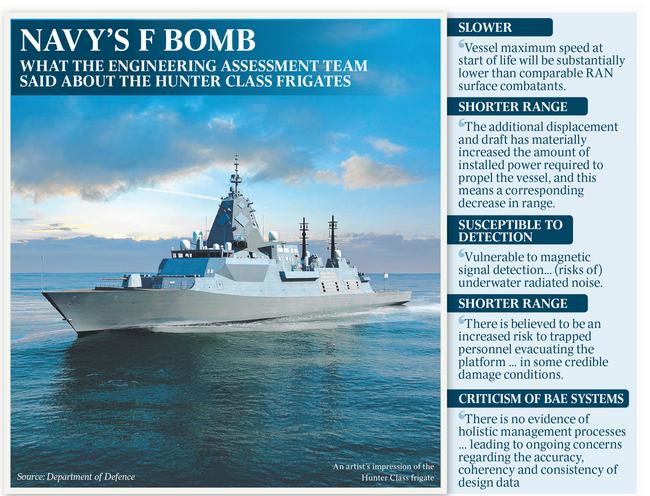
The report warns that the changes have caused serious design issues that have cascaded through the program, driving up electrical power consumption with “a negative impact on speed and range”, and causing problems with the cooling of the vessel’s combat system.
“The overall power demand of the Hunter-class frigate still exceeds its generating capacity … and is exacerbated in tropical and antarctic environmental conditions,” it says. “Vessel maximum speed at start of life will be substantially lower than comparable RAN surface combatants.”.
The report adds that the heavier-than-anticipated ship will face “increased fuel consumption and running costs, particularly in the 17-18 knots range”.
The shortfall in the vessel’s available power will force commanders to decide whether to “prioritise power allocation to either the CEAFAR2 Radar or the propulsion system depending on the ship’s operational requirements”, the authors warn.
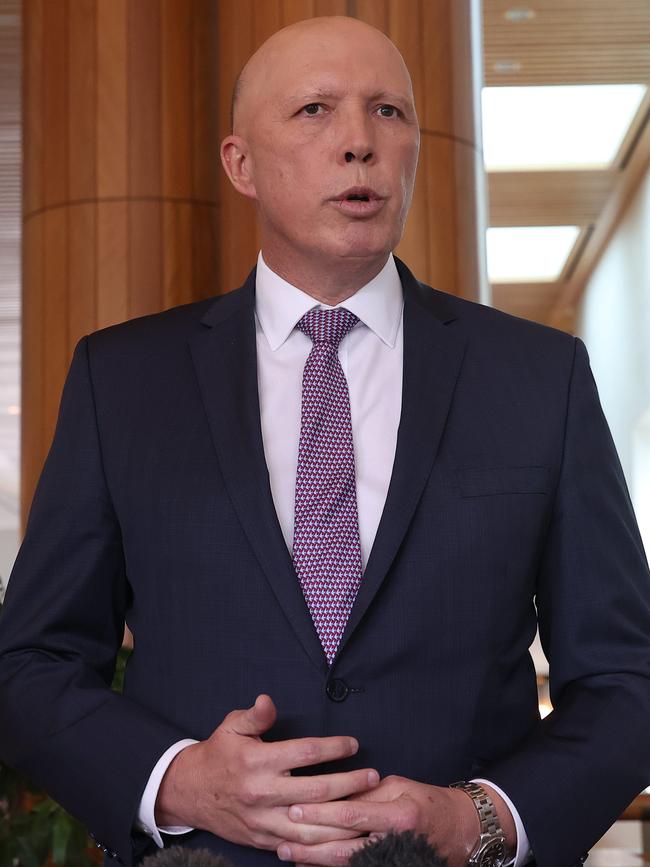
The “System Design Review Exit” report says the ship’s mast design could increase its radar cross-section, and the additional thrust required from its propellers could breach the contract’s “underwater radiated noise” requirements, making the vessels more vulnerable to the submarines they are supposed to hunt.
The Defence engineering team says it has “low confidence” that the vessels will meet Royal Australian Navy weight-margin standards, leaving the first three ships potentially “unable to respond to technological surprise with future capability upgrades”.
It also warns that the new design of the ship’s topside mast is so immature that there is a risk it could destabilise the vessel “past the point where a feasible ship design is possible”.
The modified design’s additional displacement and draught have called into question previous assessments – based on the Type-26 – of its seakeeping performance. The need to fit in additional power and cooling equipment is reportedly degrading “the overall liveability of the ship‘s habitable space”, while the document warns of design compromises in the provision of fixed firefighting systems.
Last July, Defence Minister Peter Dutton approved a delay in commencement of construction on the first boat, from December 2022 to June 2024, but the report says this deadline is now tight.
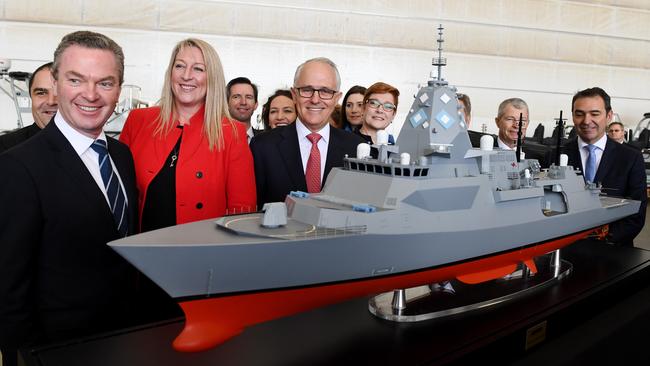
It warns more schedule delays are expected, and there is a “very high risk” that increasing supply chain costs will “threaten project viability”.
BAE Systems is relying on its global supply chain, minimising risks associated with using unfamiliar Australian suppliers that would otherwise fall to the company, the report says.
The report predated the recent replacement of BAE Systems Australia chief executive Gabby Costigan, who will head the company’s global business development, by former chief technology officer Ben Hudson.
A Defence spokeswoman said the document was an internal management tool that provided a snapshot of program risks at a point in time, and solutions to the problems were “well underway”.
Chief of Navy Mike Noonan said he was “absolutely confident” that the Hunter-class frigates would be “a world-leading warship with state-of-the-art anti-submarine capabilities”.
Australian Strategic Policy Institute executive director Peter Jennings said the government should call “time out” on the program to ask “is this the right way to go?” He said Defence was “losing the confidence of government” because “it just doesn’t seem to be able to deliver”.
Australian Industry and Defence Network chief executive Brent Clark said delays in the Hunter-class program left BAE without a reasonable excuse to prioritise its foreign supply chain over Australian companies.
“Given our current strategic environment, the Australian government should be ensuring that an Australian capability is created by this and other defence programs,” Mr Clark said.
Under the revised timetable, the first ship will not be completed until 2031 and will enter service in 2033. The final frigate is scheduled to enter service in 2044.


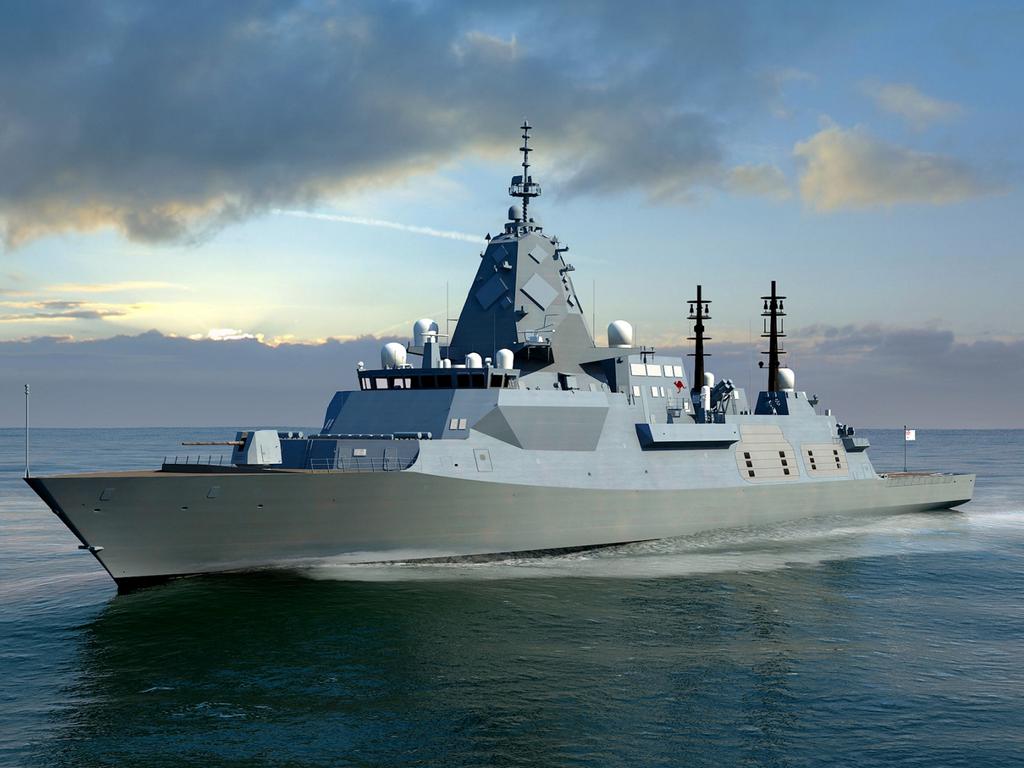


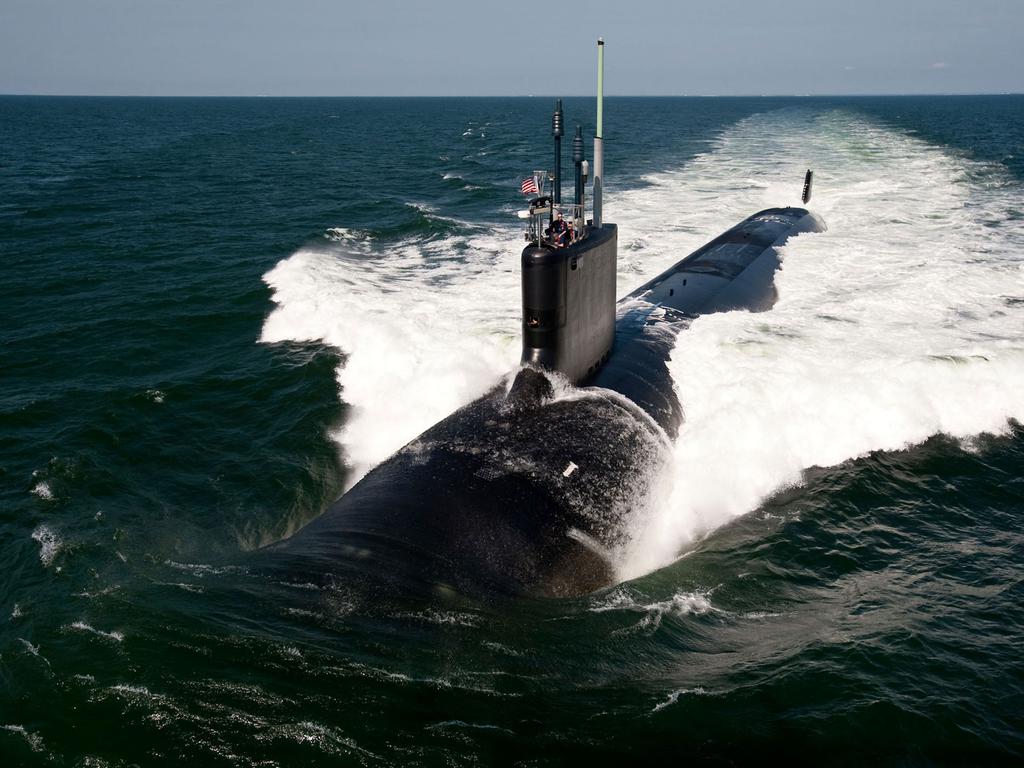


To join the conversation, please log in. Don't have an account? Register
Join the conversation, you are commenting as Logout